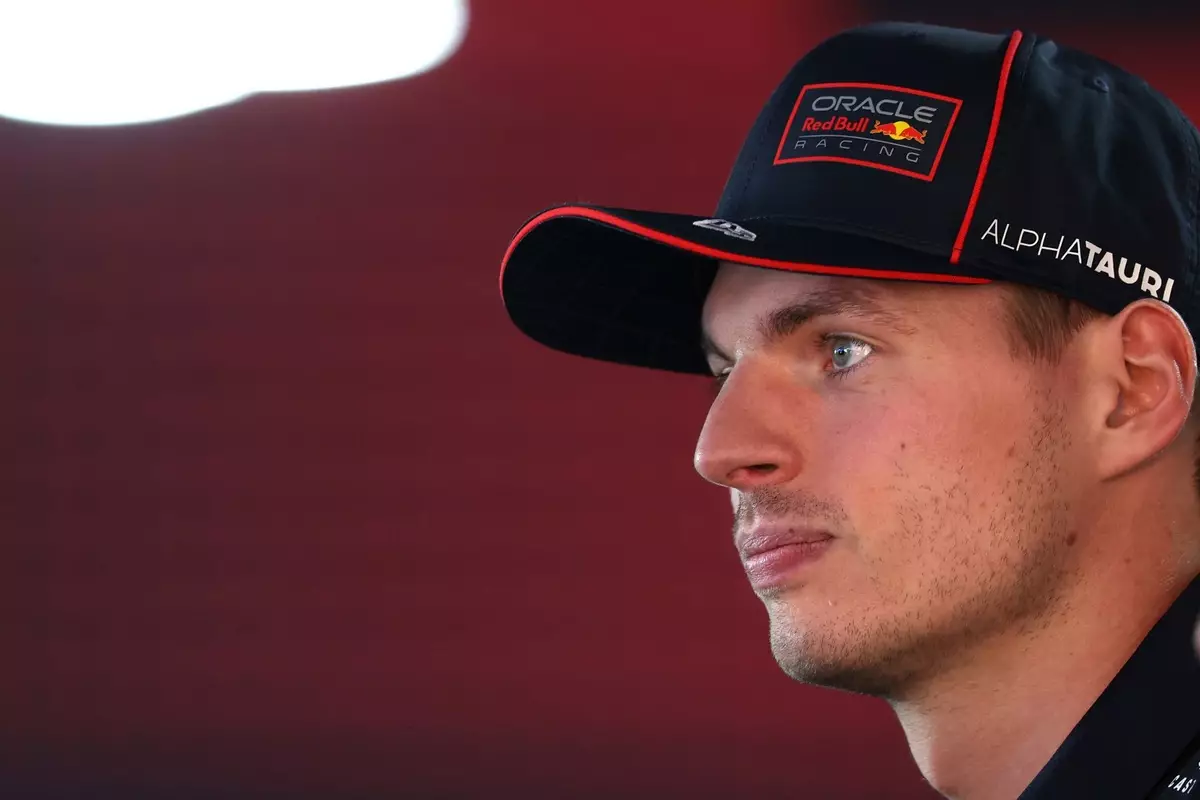As Red Bull Racing faces a challenging 2025 Formula 1 season, Max Verstappen’s recent comments highlight a sobering reality: closing the performance gap to McLaren in the short term seems implausible. Despite a series of anticipated upgrades, Verstappen’s candid acknowledgment of the team’s difficulties at the Miami Grand Prix reveals deep-seated concerns within the squad. The impressive performance of McLaren’s Oscar Piastri, who took the race victory while Verstappen finished a staggering 40 seconds behind, sheds light on the escalating competition within the sport.
Verstappen began the Miami race on a high note, having secured pole position. However, the subsequent race showcased a dichotomy between qualifying prowess and race pace. McLaren’s significant advantages in race conditions made it clear that Red Bull has substantial work ahead. The introduction of a new floor specification for Verstappen, along with further upgrades for teammate Yuki Tsunoda, is a step forward, yet it remains unclear if these modifications will yield a substantial impact.
Incremental Improvements vs. Immediate Gains
When asked about the expected performance leap from the latest iteration of the RB25, Verstappen tempered enthusiasm with realism, indicating that improvements would be modest at best. The notion that minor upgrades could translate into a more competitive edge raises questions about Red Bull’s current trajectory. In an environment as competitive as F1, where milliseconds matter, teams cannot afford to rest on incremental gains. Verstappen’s perspective serves as a wake-up call, hinting that Red Bull’s strategy might require more than just minor adjustments to achieve the competitive parity necessary to challenge front-runners.
Team advisor Helmut Marko’s comments labeled the race pace as “depressing,” a sentiment that resonates with anyone familiar with the high stakes of F1 racing. Red Bull’s disappointing performance serves as a reminder that beating McLaren is not just about upgrades; it’s about understanding the fundamental differences in car performance and tire management. Without grasping why McLaren is managing its rear tires effectively in high-degradation scenarios, Red Bull risks falling further behind.
The Technical Landscape Shifting Underfoot
As the Spanish Grand Prix approaches, teams and fans alike anticipate the impact of a new technical directive aimed at flexing front wings. While this change aims to reduce the aerodynamic advantages that teams like McLaren have exploited, Verstappen remains skeptical that it will dramatically alter the existing dynamics. His assertion that this directive won’t suddenly close performance gaps raises important discussions about how regulatory changes impact competition.
Most notably, this shift serves not only as a tactical maneuver but also a philosophical exploration of how teams can best adapt to new rules. While the FIA’s intentions are to level the playing field, history has shown that the most advanced teams tend to find workarounds or innovations to maintain their edge. For Red Bull, the challenge remains: can they adapt quickly enough to leverage these changes, or will they find themselves at the mercy of a superior McLaren team?
Understanding Tire Management: The Key to Success
One of the most perplexing issues Red Bull faces is understanding how McLaren has achieved such effective rear tire management in varied race conditions. Verstappen’s candid acknowledgment that the team has yet to decode this aspect of performance is particularly telling. Tire management is often the unsung hero of race strategy, impacting lap times more than raw speed. Each track presents its specific challenges, and the ability to adapt to thermal degradation plays a significant role in race outcomes.
Verstappen’s admission that it is somewhat “impossible to know” when Red Bull will crack this code underscores a more profound dilemma: even with the best engineers and technology, the whims of motorsport can render analysis futile. As Pirelli prepares to bring its softest tires to the upcoming Imola race, Red Bull’s trajectory could face further complications due to inherent tire management issues.
In racing, adaptability is everything. As teams scramble to optimize performance under evolving technical landscapes, Red Bull must not only advance its technology but also cultivate an in-depth understanding of tire dynamics. The upcoming races will test not only the car’s capabilities but also the team’s strategic foresight and responsiveness, setting the stage for an intense battle in Formula 1.


Leave a Reply